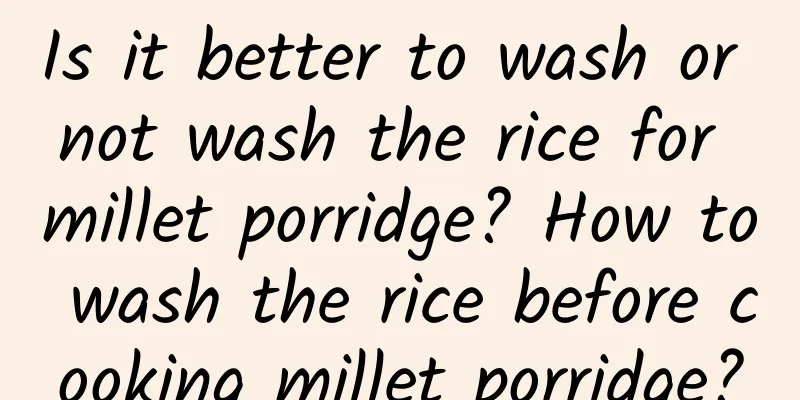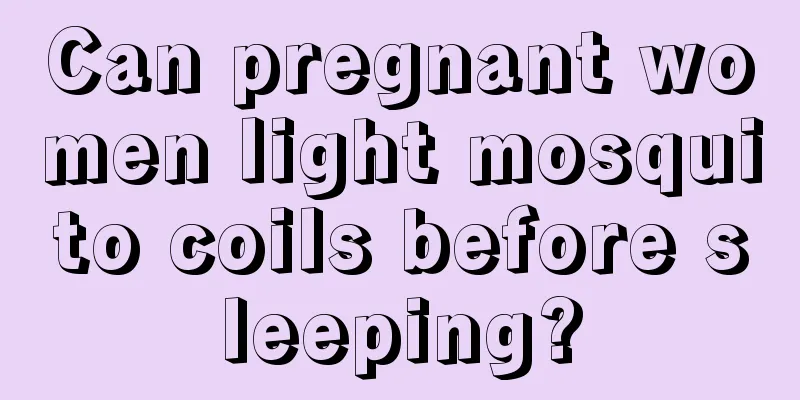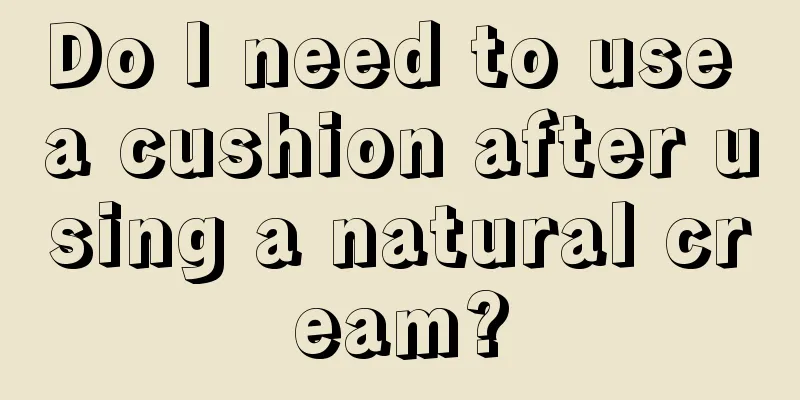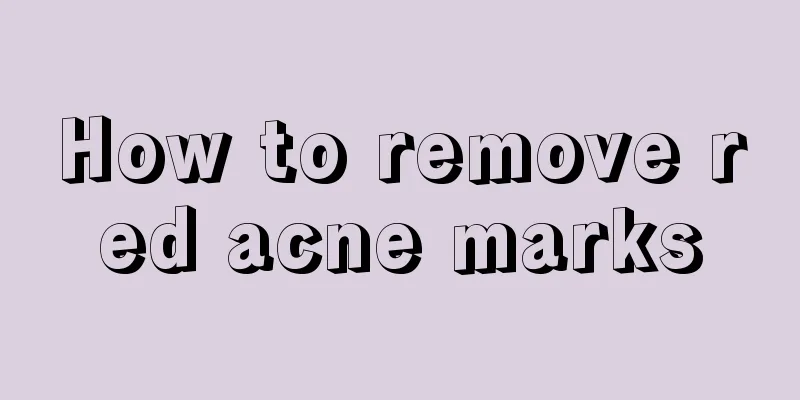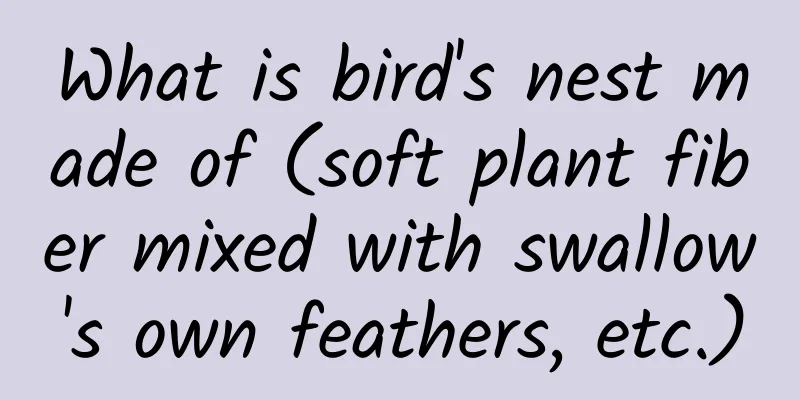All medicines are poisonous. What exactly is the "poison" in this traditional Chinese medicine?
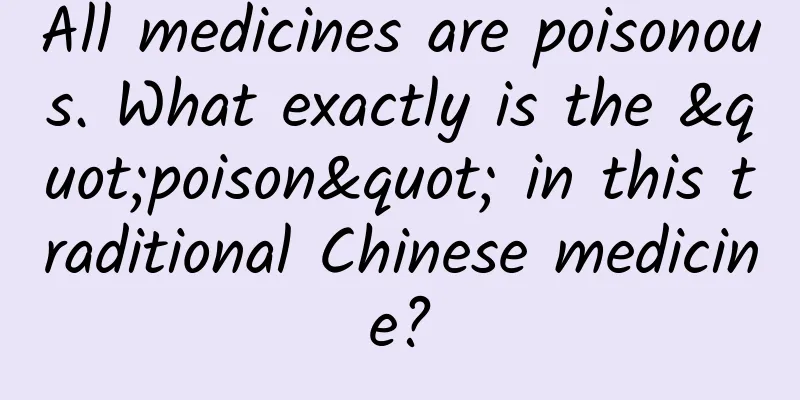
|
As the old saying goes, "All medicines are three-tenths poisonous." Some people think that the "poison" refers to the adverse reactions of Western medicines, and that Chinese medicines have fewer side effects and are mostly "pure natural, safe and non-toxic." Others think that the "poison" refers to the poisonous ingredients in Chinese medicines, such as arsenic and cinnabar. In fact, "all medicines are three-part poison" refers to both Western medicine and Chinese medicine. Chinese medicine is not non-toxic, nor is it safer than Western medicine. The safety of Chinese medicine is also worthy of attention. Today we are going to talk about the "poison" of traditional Chinese medicine~ Understanding the Toxicity of Traditional Chinese Medicine Traditional Chinese medicine has a broad and narrow understanding of the toxicity of Chinese medicine. In their years of production practice, the ancients discovered that some things are harmless to eat regularly, while some things can harm the body but can also cure diseases. Therefore, non-toxic things are regarded as "food", toxic things are regarded as "medicine", and "poison" and "medicine" are collectively referred to as "poison", that is, "poison" is regarded as a general term for all medicines, referring to all medicines that can treat diseases. In the Ming Dynasty, Zhang Jingyue's Lei Jing said: "Generally speaking, anything that can ward off evil and restore health can become poison, so it is said that poison attacks evil." Lei Jing also proposed that "medicine is used to treat diseases, and its ability is due to poison. The so-called poison is due to the bias of smell and taste", which discusses the broad meaning of poison. Broadly speaking, toxicity is to regard the toxicity of a drug as the bias of the drug. In a narrow sense, toxicity refers to the toxicity of the medicinal material or the severity of the adverse reactions. For example, "Suwen Wuchang Zhengda Lun" states: "For highly toxic treatment, six out of ten should be removed; for common toxic treatment, seven out of ten should be removed; for slightly toxic treatment, eight out of ten should be removed; for non-toxic treatment, nine out of ten should be removed. Eat as much grain, meat, fruit and vegetables as possible, but do not overdo it to damage the body." Nowadays, the toxicity of traditional Chinese medicine refers to the adverse effects and damages it has on the human body. Toxicity classification of traditional Chinese medicine Ancient medicine classified Chinese medicine into three categories according to the toxicity: highly toxic, moderately toxic, slightly toxic, and non-toxic. In Shennong's Herbal Classic, the toxicity of Chinese medicine is mainly divided into two categories: "toxic" and "non-toxic". The current Pharmacopoeia of the People's Republic of China uses a three-level toxicity classification method of highly toxic, toxic, and slightly toxic to classify the toxicity of Chinese medicine. This classification method is also the most commonly used classification method at present. There are currently more than 12,800 varieties of traditional Chinese medicine, and poisoning reports have been reported for more than 100 of them, including many highly toxic drugs that are rarely used in clinical practice. Common Chinese medicines that can cause poisoning in clinical practice include: Adenophora australis, Xanthium sibiricum, Melia azedarach bark, Aconite root, Aconitum carmichaelii, Croton tiglium, Pinellia ternata, Pharbitis seed, Strychnos nux vomica, Apricot kernel, Mylabris persica, and Toad, etc. The main causes of Chinese medicine poisoning Different poisoning symptoms are caused by different systems of the human body. The main causes of Chinese medicine poisoning are as follows: One is that the dosage of the medicine is too large, especially for traditional Chinese medicines with high toxicity such as aconite, monkshood, and strychnos nux vomica. Large dosage and long duration of medication can lead to poisoning. Second, accidentally taking counterfeit products can also cause poisoning, such as replacing ginseng with Chinese ginseng, replacing gastrodia elata with unicorn vine, and replacing trumpet creeper with datura truncatum. The third is improper processing, such as taking unprocessed raw aconite and raw monkshood. Fourth, improper decoction and administration methods, such as decocting Aconitum and Aconite for too short a time to completely remove the toxic components of the drugs, or catching a cold after taking the drugs, or eating raw and cold food, causing poisoning. The fifth is improper compatibility, such as compatibility that violates the "Eighteen Antidotes" principle. In addition, there are cases of Chinese medicine poisoning caused by inappropriate medication, self-medication, and medication by nursing mothers. When we fully recognize and understand the toxicity of traditional Chinese medicine and use it rationally in strict accordance with the doctor's orders or instructions, we can not only effectively reduce iatrogenic and drug-induced diseases and avoid toxic events, but also maximize the efficacy of toxic traditional Chinese medicine. Author: Li Yun, Chief Pharmacist, Tianjin Medical University General Hospital Review expert: Li Bin, deputy chief pharmacist of Tianjin Medical University General Hospital |
<<: What category of garbage do plastic bags belong to? Are heated plastic bags toxic?
>>: Why should kitchen waste be thrown away in plastic bags? The harm of plastic bags
Recommend
Why do I have stomach pain during ovulation every month?
Many female friends will experience abdominal pai...
What should I do if a pregnant woman sleeps on her left side and the fetus moves violently?
It is a common phenomenon that pregnant women hav...
What culture does the Leshan Giant Buddha in Sichuan have? What is the orientation of the Leshan Giant Buddha?
The Leshan Giant Buddha, also known as the Lingyu...
What are the effects of a mother's bad temper on her children?
For mothers, you must learn to control your tempe...
What medicine should I take in advance for less menstrual flow?
Menstruation can be said to be a barometer of wom...
Is it good for women to drink black tea?
In daily life, there are many people who like to ...
Chinese Medicine Half Monthly Talk | Corydalis yanhusuo
· Interesting stories · When facing illness, unbe...
Can pregnant women eat sow meat?
We rarely eat sow meat in our daily life, mainly ...
Causes of thin endometrium
Thin endometrium is a common symptom among women....
What to eat for breast enhancement
Many female friends have the problem of small bre...
Vulvar rash
In daily life, female friends pay great attention...
What causes postpartum pelvic inflammatory disease?
Many pregnant mothers are very prone to pelvic in...
How to regulate your period when you eat less
Low menstrual flow is a common gynecological dise...

